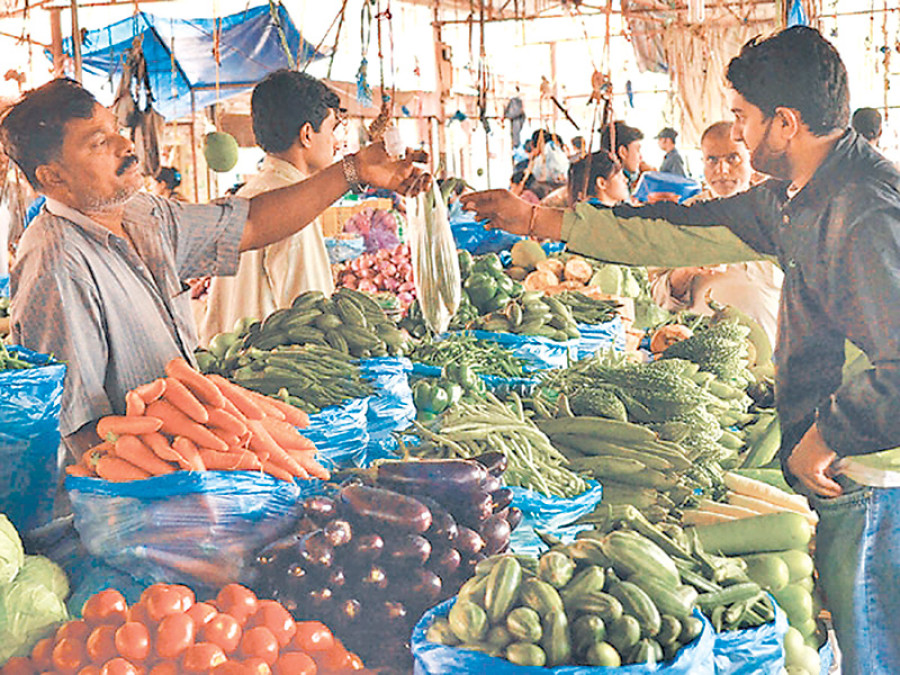Money
Veggie prices plunge on glut
Vegetable prices have plunged up to 63 percent in the Kathmandu Valley in the last one month due to a glut in the market as soaring production overshoots demand.
Sakchham Karki
Vegetable prices have plunged up to 63 percent in the Kathmandu Valley in the last one month due to a glut in the market as soaring production overshoots demand.
Prices of small tomatoes and red potatoes fell 18 percent each over the month to Rs45 per kg on Wednesday. Vegetables like sword bean and green peas slumped 63 percent and 61 percent respectively to Rs35 and Rs45 per kg, according to the daily report of the Kalimati Fruits and Vegetables Market Development Board (KFVMDB).
“It is not surprising to see a drastic fall in prices of seasonal vegetables during this time of the year as supply generally increases,” said KFVMDB Deputy Director Binaya Shrestha.
The excess supply has led to prices of almost every fresh produce dropping sharply at the Kalimati Fruits and Vegetables Market, the largest vegetable wholesale market in the country.
The wholesale market receives around 545 tonnes of vegetables daily. The steep rise in production being seen lately has resulted in 770 tonnes of vegetables being delivered daily. The wholesale market gets most of its supplies from Kavre, Dhading, Makwanpur, Gorkha, Nuwakot and a number of Tarai districts. Vegetables grown in India are also shipped to the bazaar.
“With the rise in production, almost all suppliers have started sending larger shipments of vegetables to the Valley,” said Shrestha.
Kavre, one of the major suppliers of vegetables to the Kalimati market, has started sending 31 tonnes of vegetables daily compared to 28 tonnes before.
Gorkha too has started sending more vegetables to the wholesale market. The district, which used to send 46 tonnes of vegetables daily, has increased shipments to 52.8 tonnes. “Vegetable production has gone up because farmers now have easy access to improved and hybrid seeds, which yield better harvests. Also, farmers in places like Kavre, Dhading and Makwanpur do not face shortages of fertilisers or modern farming tools,” said Shrestha.
While shipments from almost every place has gone up, Dhading has been sending less vegetables than before with deliveries shrinking 25 percent to 33 tonnes daily.
“Vegetable shipments from the district have been falling over the months largely because most of the arable area is rapidly being converted into brick kilns,” said Bharat Khatiwada, president of the Kalimati Wholesalers’ Association. Dhading accounts for 13 percent of the vegetables sold in the Kalimati wholesale market. However, the drop in supplies has not affected the market much due to rising production in other parts of the country.
“As production in major vegetable growing districts is likely to increase in the coming days, prices are likely to remain on a downward trend till mid-February,” said Shrestha.




 12.12°C Kathmandu
12.12°C Kathmandu













%20(1).jpg&w=300&height=200)
